Cause of death Typhoid fever Nationality English Parents Ann Greenway | Occupation Architect Name Francis Greenway | |
 | ||
Resting place Glebe Cemetery, East Maitland, New South Wales (Coordinates: 32°45′33.2″S 151°34′30.6″E / 32.759222°S 151.575167°E / -32.759222; 151.575167) Died September 1837, Newcastle, Australia Books The Adventures of Ralph Rashleigh Structures Hyde Park Barracks - Sydney, St James' Church - Sydney, Macquarie Lighthouse, Cadmans Cottage, Old Government House - P Similar People Lachlan Macquarie, James Barnet, Walter Liberty Vernon, Henry Lawson | ||
Francis Greenway
Francis Howard Greenway (20 November 1777 – September 1837) was an English-born architect who was transported to Australia as a convict for the crime of forgery. In New South Wales he worked for the Governor, Lachlan Macquarie, as Australia's first government architect. He became widely known and admired for his work displayed in buildings such as St Matthew's Church in Windsor, New South Wales, St James' Church, Sydney and Hyde Park Barracks, Sydney.
Contents
- Francis Greenway
- Francis Greenway Wikipedia audio article
- Life and career
- Posthumous tributes
- List of works
- References
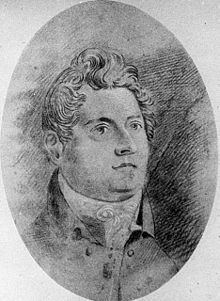
Francis Greenway | Wikipedia audio article
Life and career
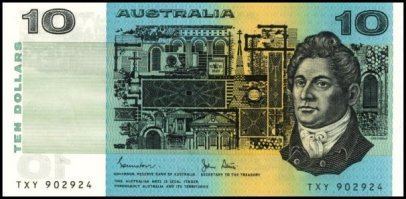
Greenway was born in Mangotsfield, Gloucestershire (near the English city of Bristol), the son of Francis Greenway and Ann Webb. Greenway became an architect "of some eminence" in Bristol and Bath. His only remaining building in the United Kingdom is the Clifton Club in Bristol, originally the Clifton Hotel and Assembly Rooms. He also designed Christ Church Downend near Mangotsfield (see Gomme an Architectural history of Bristol and church website). In 1809 he became bankrupt and in 1812 he pleaded guilty "under the advice of his friends", to forging a financial document and was sentenced to death; this sentence was later commuted to 14 years' transportation. Why he pleaded guilty is unknown; he may have been told it was the only way to save his life. Whilst awaiting deportation to Sydney, Greenway spent time in Newgate Prison, Bristol where he completed paintings depicting scenes within the prison.
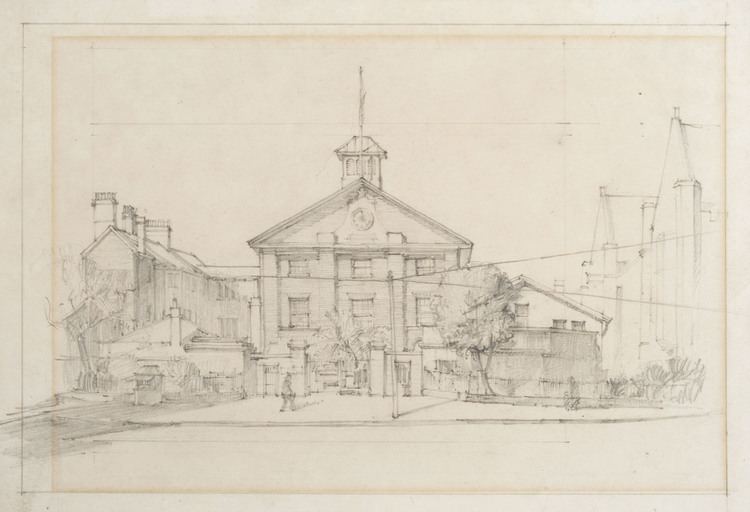
Greenway arrived in Sydney, New South Wales on the transport General Hewitt in February 1814 to serve his sentence. On board the ship was the surgeon Dr. John Harris who was to give Greenway his first private commission in the colony which involved extending his residence on his Ultimo estate. Greenway first met Lachlan Macquarie in July 1814 to whom he had come recommended by Admiral Arthur Phillip. During the initial meeting Macquarie sought to test Greenway by asking him to copy a design of a town hall and courthouse from a pattern book. Greenway was so offended by this that he responded with a letter declaring his skills and quoting Sir William Chambers that his Excellency should utilise the opportunity for a classical design.

He said he would;
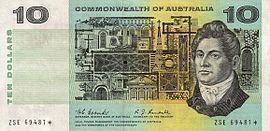
"... immediately copy the drawing Your Excellency requested me to do, notwithstanding it is rather painful to my mind as a professional man to copy a building that has no claim to classical proportion and character" - Francis Greenway
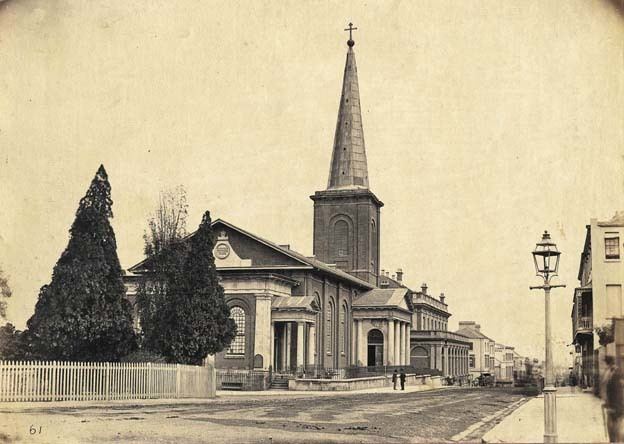
Between 1816 and 1818, while still a convict, Greenway was responsible for the design and construction of the Macquarie Lighthouse on the South Head at the entrance to Port Jackson. After the success of this project he was emancipated by the governor Lachlan Macquarie, and in the role of Acting Civil Architect and Assistant Engineer responsible to Captain J. M. Gill, Inspector of Public Works, went on to build many significant buildings in the new colony.

Greenway's works include Hyde Park Barracks, extensions to First Government House and St James' Church, Sydney, which was chosen as one of Australia's only two man-made 'treasures' by Dan Cruickshank in the BBC series Around the World in 80 Treasures.
Greenway fell into disrepute when Macquarie accused him of charging high fees whilst on a government retainer, and he was dismissed by the next governor, Thomas Brisbane, in 1822. He continued to follow his profession with little success.
In 1835 he was destitute, advertising in the Sydney Gazette that "Francis Howard Greenway, arising from circumstances of a singular nature is induced again to solicit the patronage of his friends and the public".
Greenway died of typhoid near Newcastle, New South Wales in 1837, aged 59. The exact date of his death is not known. He is believed to have been buried in the Glebe burial ground at East Maitland on 25 September 1837, but his grave is unmarked.
Posthumous tributes
Greenway's face was shown on the first Australian decimal-currency $10 note (1966–93), making him probably the only convicted forger in the world to be honoured on a banknote.
Greenway is the eponym of a NSW Federal electorate, a suburb of Canberra, and a high school in Beresfield, a suburb of Maitland.
Francis Greenway Drive in the suburb of Cherrybrook is named in honour of Francis Greenway.
The Vaucluse home of the renowned Australian architect Leslie Wilkinson (1882–1973) was named "Greenway" in honour of Francis Greenway.
List of works
The following Greenway buildings are listed on the Register of the National Estate.
